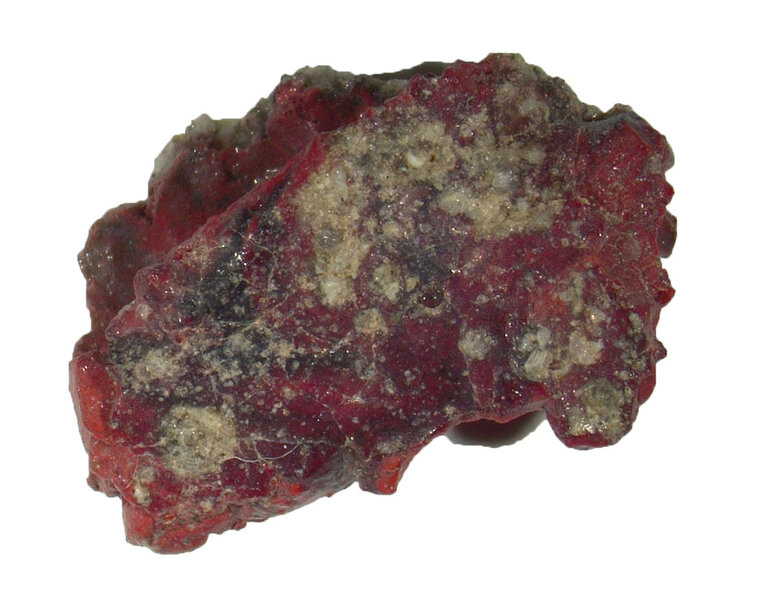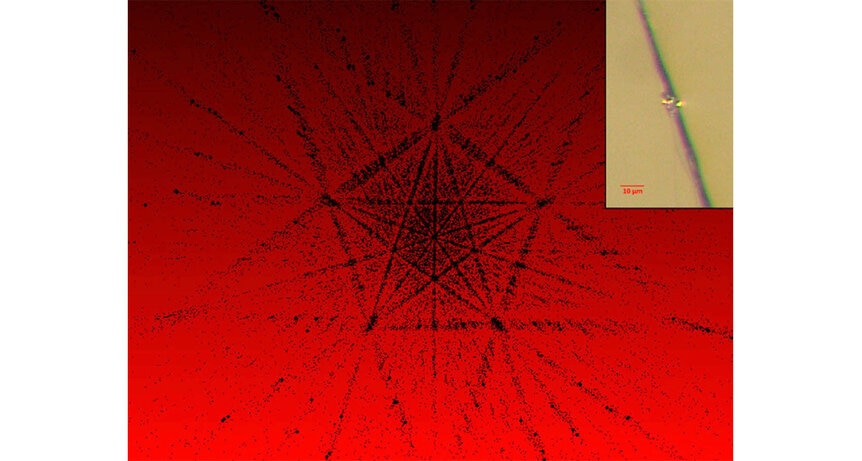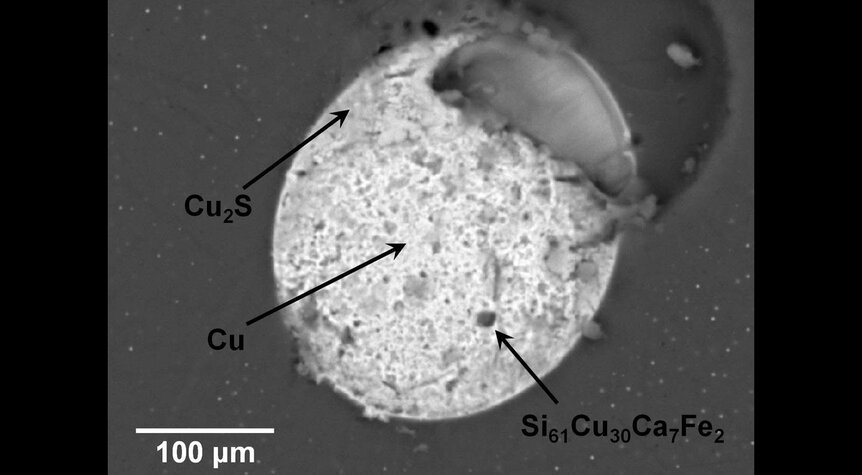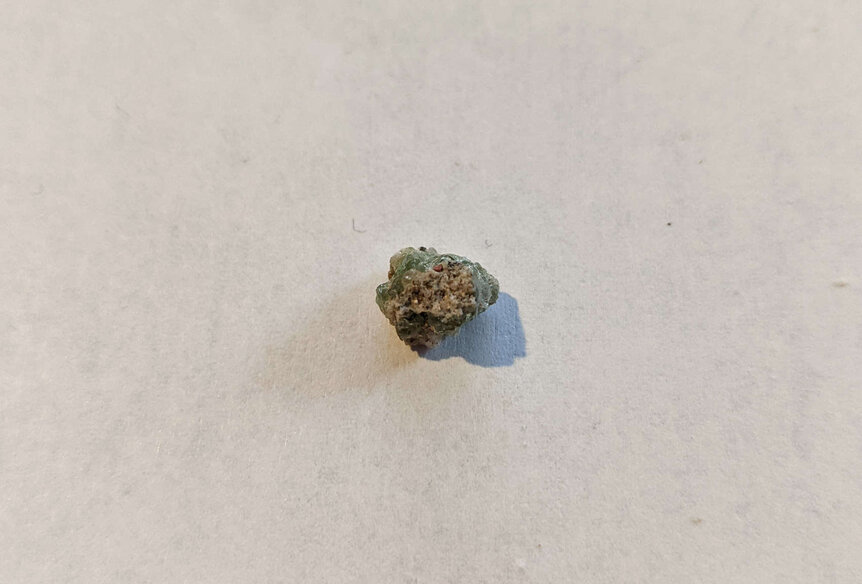Create a free profile to get unlimited access to exclusive videos, sweepstakes, and more!
A nuclear test creates a forbidden crystal. This is the fivefold way.
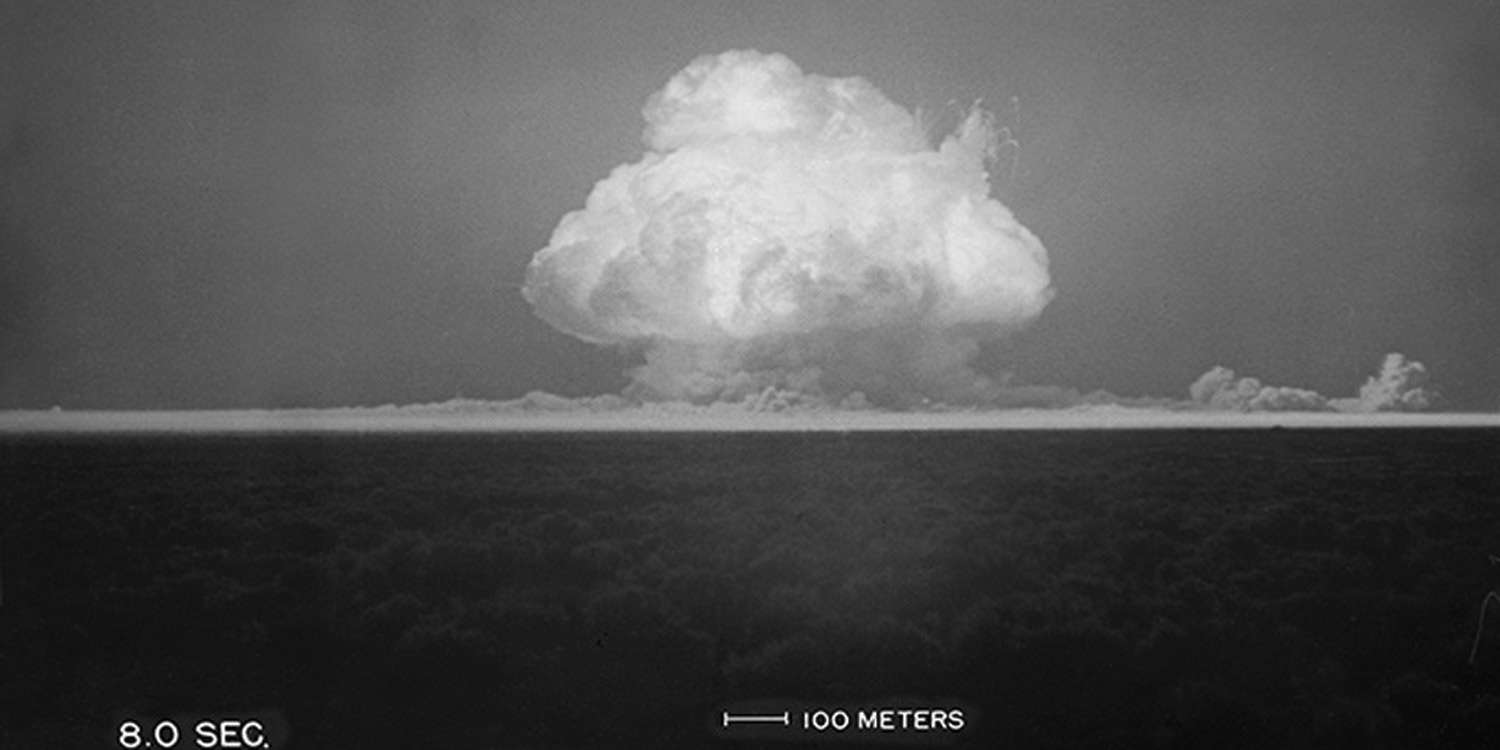
In the 1940s, the very first atomic blast deep in the New Mexico desert spawned something that has lain underground all these years, waiting. Something forbidden, something so bizarre that scientists swore it couldn't exist on Earth. They had found it in meteorites, oh yes, from the depths of space that had come. But this was forged in the radioactive fires of The Bomb, something that could only be born when humans arrogantly tampered with the laws of Nature itself, letting loose the terror of…
Icosahedrite, the quasicrystal.
Dun dun dunnnnnnnn.
OK, fine, I love black and white sci-fi movies, all right? And I couldn't help myself: What I wrote above is essentially true, and I love stories like this so so much.
But, to be a little less florid and more sciencey, scientists have found an extremely unusual form of a crystal called icosahedrite, which had previously only been found in a weird meteorite or created in the lab. The difference here is that this specimen was found in a mineral made when the intense heat and pressure from the very first atomic bomb detonation — the Trinity test — fused the sand underneath it into glass. And not just the sand, but the metal from the tower it was mounted on and the copper from transmission wires connecting instruments to the test.
All of this came together to form a weird mineral called trinitite. It's usually glassy and green, and, unsurprisingly, is slightly radioactive. A more rare form of trinitite is red, and a piece of this was found after World War II north of the 80-meter-wide crater from the test in Alamogordo, NM. The color may be due to copper oxide from the transmission wires fused into the mineral.
All this has been known for some time. What's new is that, in a teeny 10-microgram sample of red trinitite, scientists found a new form of icosahedrite created in the 22-kiloton blast. The chemical formula they determined for it is Si61Cu30Ca7Fe2, but what's really cool about it is the crystal structure itself.
It has fivefold symmetry.
That's extremely interesting, because it's extremely hard for this sort of thing to be found in nature.
The first naturally occurring form of this crystal was found in a meteorite from Russia called Khatyrka, and when it was announced I described why this is so odd:
Over the years crystallographers have found that there are four kinds of symmetries natural crystals can have: twofold, threefold, fourfold, and sixfold. These are all based on taking a shape and rotating it 360°. For example, take an equilateral triangle. If you spin it 360° it looks the same. But it also looks the same if you spin it 120° and 240°. So after spinning it all the way around, you get the same pattern three times: a threefold symmetry.
A regular hexagon has six sides, and looks the same after you spin it 60°, 120°, 180°, 240°, 300°, and finally 360°. So it has sixfold symmetry.
Now, you could theoretically have a fivefold symmetry, for an object that goes through multiples of 72° rotations (after five of those you're back to 360°). But that's never found in nature. The other symmetries are very strong, and crystals find themselves displaying those instead.
So this fivefold symmetry is so hard to make compared to how easy it is to make the other kinds of crystals, that it's very rare, which is why it's sometimes called a forbidden symmetry. It's like flipping a coin and having it land on edge. Not impossible, but really uncommon given how easy it is for the coin to land with its flat side down. Because it's so unusual, scientists call it a quasicrystal.
The icosahedrite in the meteorite almost certainly formed when an unusual asteroid got whacked by another asteroid, hard, creating high temperatures and pressure for a very short period of time. This new icosahedrite found in the trinitite is different, though, with a different chemical structure. It's still fivefold and all that, but the mineral itself is different. This is important for a few reasons.
One is that it's known exactly when, where, and under what conditions the crystal was made. That really helps to understand it. Because the structure is different than the naturally occurring one, they can be compared to understand the conditions at the moment of an asteroid impact, too.
For another, this crystal really is extremely rare, both difficult to produce and to find, so any new discoveries — especially about its structure and behavior — are welcome.
It also shows that combing nuclear test grounds is a fruitful way to look for these crystals. The team spent years tracking down the icosahedrite they found in the Khatyrka meteorite, but — to our shame — there were a lot of tests in the southwest US desert. Perhaps more can be found. The politics behind that is distressing, to say the least, but the science is important to geologists and crystallographers. Different bombs had different explosive yields, and were done in different areas with different materials around them. How does this affect the icosahedrite?
I actually have a piece of "regular" trinitite given to me by a friend. It's tiny and green, and while it is radioactive it's only very slightly so and is relatively safe now. It's an amazing thing to hold in your hand — the science, the history, the human tragedy implied, the progress we've made since and in far too many ways the progress we haven't made.
But the next time I take it out and look at it, I'll also wonder what secrets it holds, what still as-yet to be found wonders may lie inside its crystalline matrix.
